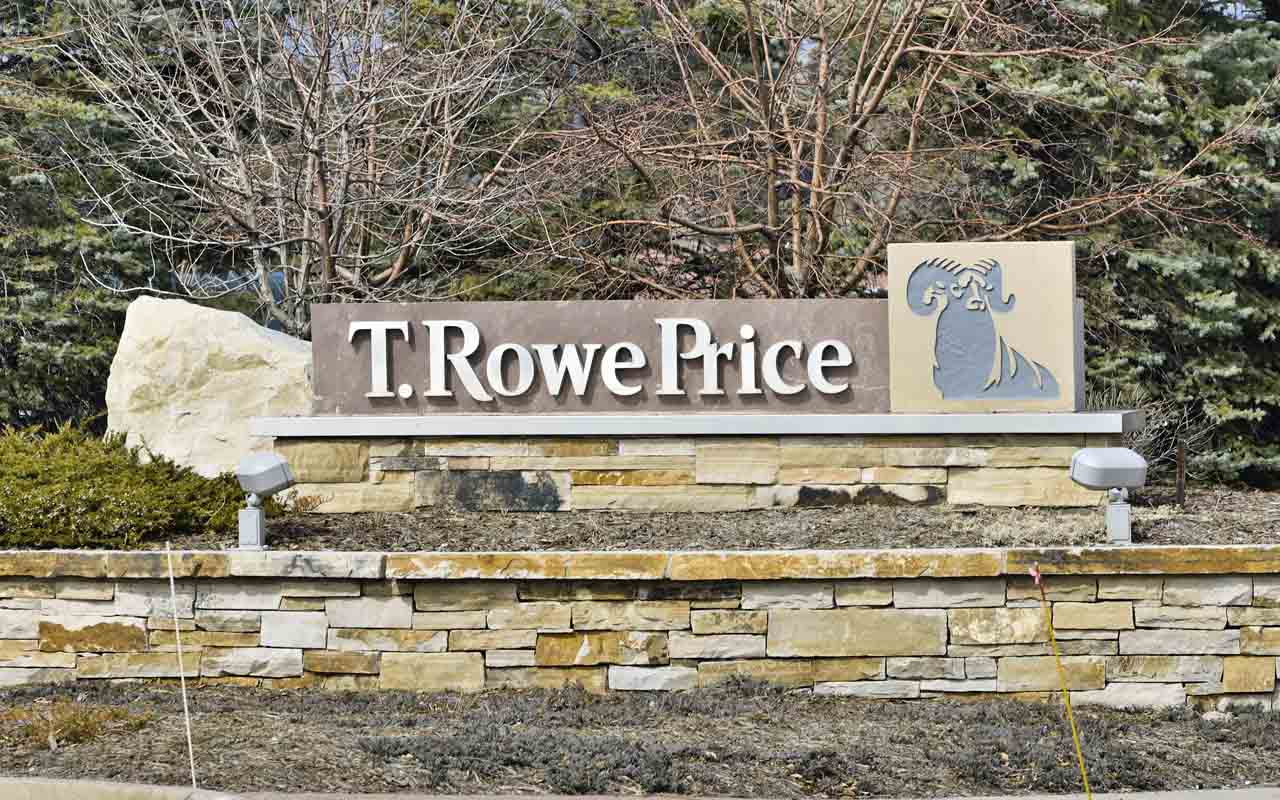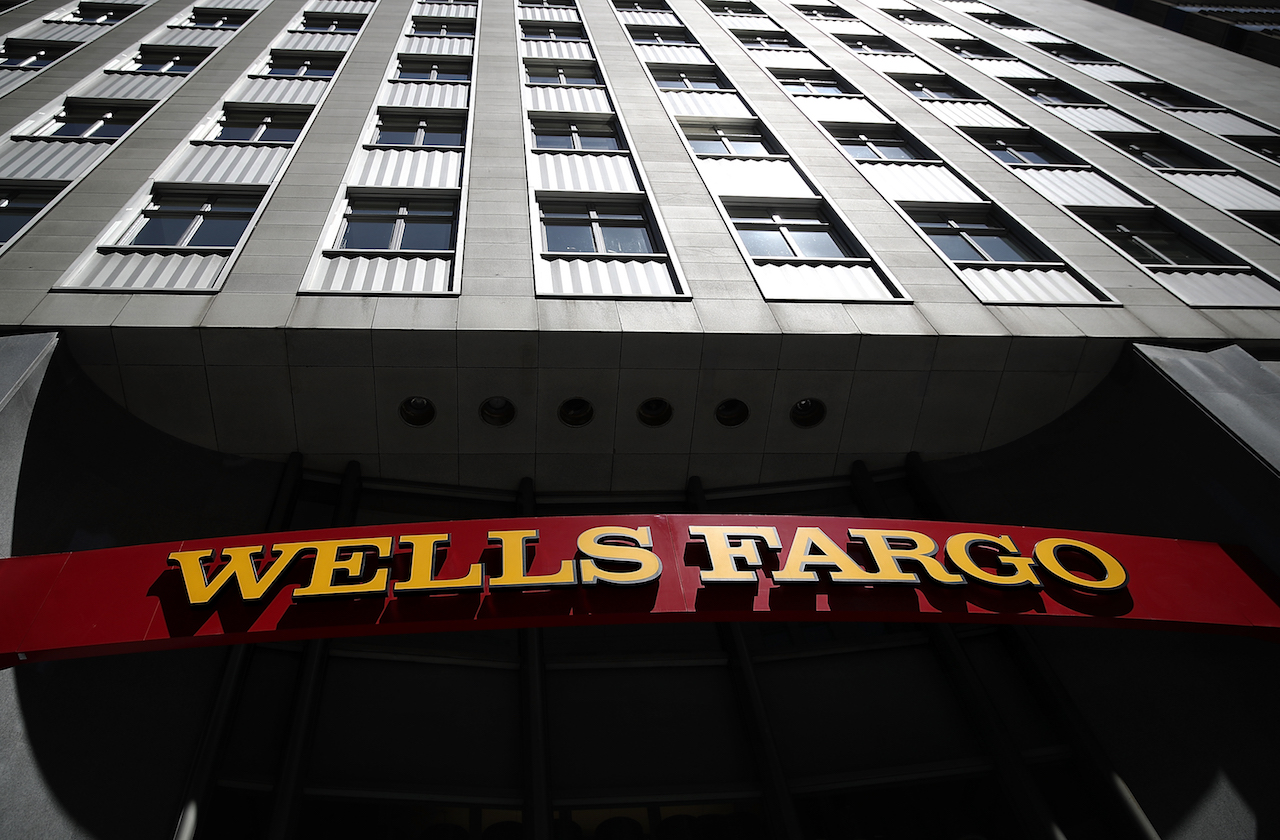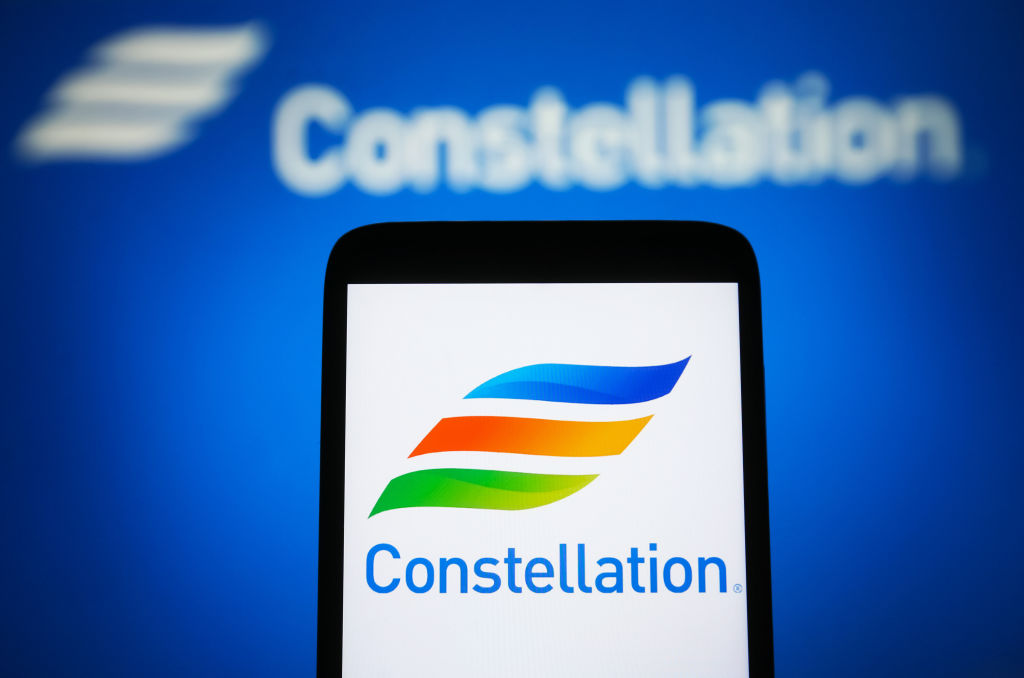5 Top-of-the-Line T. Rowe Price Mutual Funds
T.


T. Rowe Price (TROW) employs more than 600 investment professionals who manage nearly $1.1 trillion for investors in 49 countries. But when you visit the Baltimore headquarters, you still get a feel of the firm as a small, collegial group that enjoys working together.
The secret to T. Rowe Price’s success, in my view, is its sterling corporate culture. This is a company with character. The average investment pro has 22 years of experience; many remain with T. Rowe for their entire careers. All this – plus the products’ above-average long-term returns and below-average expense ratios – makes T. Rowe mutual funds a good choice for investors.
The firm was launched in 1937 by Thomas Rowe Price Jr., who had a novel idea (at the time) that buying growth stocks – those with rising earnings and revenues – could be just as successful as value investing, which was ascendant during the Great Depression that followed the 1929 stock market crash.
The theory was sound, but the timing was awful. The T. Rowe Price investment firm didn’t turn a profit until 1950 – the same year that it launched its first mutual fund, T. Rowe Price Growth Stock (PRGFX). The firm subsequently broadened its scope to include value stocks, foreign stocks and small-cap stocks, as well as bond funds. Since then, it has done quite well indeed.
Do you think index funds are the only way to invest? T. Rowe begs to differ. Indeed, 79% of its U.S. equity funds beat their benchmark over the past 10 years.
But which are the best T. Rowe Price mutual funds on offer? Here are my thoughts.
Data is as of June 18, unless otherwise noted. Three- and five-year returns are annualized. Yields represent the trailing 12-month yield, which is a standard measure for equity funds.

T. Rowe Price Blue Chip Growth
- Yield: N/A
- Expenses: 0.70%
- 3-year return: 21.6%
- 5-year return: 14.9%
- T. Rowe Price Blue Chip Growth (TRBCX, $115.31) is a classic T. Rowe growth fund. Manager Larry Puglia has been at the helm since 1993. He looks for companies with sustainable competitive advantages over their rivals, strong cash flow, healthy balance sheets and managers who have a record of allocating profits wisely.
Puglia isn’t afraid to load up on stocks that possess the rare growth characteristics he treasures. Although TRBCX owns 127 stocks, 44% of assets are in the fund’s top 10 holdings. Amazon.com (AMZN) is a nearly 10% position in the $62.6 billion fund. Microsoft (MSFT), Facebook (FB) and Google parent Alphabet (GOOGL) are each in the 5% to 6% range. But troubled Boeing (BA) is also a 3% holding, demonstrating Puglia’s willingness to depart from the herd.
Half the fund is in technology and consumer discretionary stocks, while another 17% is in health care and 16% is in communications services. None of these sectors are cheap. Accordingly, the weighted price-to-earnings ratio of the fund’s holdings is 24 and the price-to-cash-flow is 17. Puglia holds stocks about three years, on average.
It’s hard to argue with the returns. Over the past 10 years, the fund returned an annualized 17.5% – an average of three percentage points higher than Standard & Poor’s 500-stock index. The fund beat the index and the average large-cap growth fund in eight of the past 10 years. This performance hasn’t gone unnoticed, with Kiplinger placing TRBCX in its Kip 25 list of top no-load mutual funds.

T. Rowe Price Dividend Growth
- Yield: 1.6%
- Expenses: 0.64%
- 3-year return: 14.3%
- 5-year return: 11.3%
Slow and steady wins the race at T. Rowe Price Dividend Growth (PRDGX, $49.18), another Kip 25 fund, albeit one that is very different from Blue Chip Growth.
This gem among T. Rowe Price mutual funds owns 110 stocks, and none comprise as much as 4% of assets. Manager Tom Huber, who has been in charge since 2000, typically owns stocks for five years or longer. While Blue Chip Growth is 20% more volatile than the S&P 500, Dividend Growth is 15% less volatile than the bogey.
Returns have been solid. Over the past 15 years, the fund returned an annualized 9.2% – an average of one-half of one percentage point per year higher than the S&P. The fund has held up particularly well during crummy markets. In 2018, for instance, it slipped 1.1% compared to a 4.4% haircut for the S&P.
Huber looks for companies with the ability and willingness to continue hiking dividends, as well as make share buybacks. Holdings such as Visa (V) and JPMorgan Chase (JPM) are prime examples. The fund doesn’t usually make big sector bets, although Huber has been underweight commodity stocks for years – which has helped returns.

T. Rowe Health Sciences
- Yield: N/A
- Expenses: 0.77%
- 3-year return: 14.3%
- 5-year return: 12.9%
Face it: There’s little exciting about health insurance companies or hospital companies. What’s compelling in health care are biotechnology and other life sciences stocks that have the potential to transform medical treatments.
In that sub-sector, T. Rowe Health Sciences (PRHSX, $77.48) is a terrific pick.
T. Rowe has been strong for decades. Consider the record: Over the past 15 years, the fund topped the Nasdaq Biotechnology Index and the S&P 1500 Health Care index by an average of 3.5 and 4.5 percentage points, respectively, per year. PRHSX has topped both indexes over the past five years, too.
Unfortunately, the fund has had lots of personnel turnover since star manager Kris Jenner quit in 2013 and took two analysts with him. His replacement moved to another T. Rowe Price mutual fund three years later. In 2016, Ziad Bakri – a physician who had been an analyst for PRHSX since 2011 – took over the fund. T. Rowe also has hired several other analysts Health Sciences.
But Bakri has kept the fund true to its roots. It searches for innovative companies, including a generous helping of mid-size and even some small-cap stocks. About 40% of the fund is invested in biotech and other life sciences stocks. That does makes the fund volatile – about 30% more volatile than the S&P 500 – as many small biotech companies will thrive or die depending on the success or failure of a single new biotech compound. In short, this is not a fund for your “safe” money.

T. Rowe Price QM U.S. Small-Cap Growth Equity
- Yield: N/A
- Expenses: 0.8%
- 3-year return: 15.6%
- 5-year return: 10.5%
Looking for an index-beating, actively managed small-cap fund that’s open to new investors and charges reasonable fees? Do you even believe such a fund exists?
Consider T. Rowe Price QM U.S. Small-Cap Growth Equity (PRDSX, $37.87), a computer-driven, quantitative fund run by Sudhir Nanda, who holds a Ph.D. in finance, and a bunch of like-minded quants.
Over the past 10 years, the fund topped the Russell 2000 Growth Index by an average of 2.7 percentage points per year. The fund lagged the benchmark in just one of those years. What’s more, the outperformance has come with about 10% less volatility than the index. This is one of the best T. Rowe Price mutual funds you can buy, and its success is tied to Nanda’s first-rate team.
The fund’s model gives its greatest weighting to valuation, ranking stocks based on price-to-cash flow. But the model also accounts for profitability and dividend growth. The fund spreads its assets among nearly 300 stocks, and turnover is surprisingly low: the small-cap stocks are held on average for at least five years.
Nanda has run PRDSX since 2006, and he has been with T. Rowe’s quantitative analysis team since 2000. The quant group, incidentally, runs three other T. Rowe funds – T. Rowe Price QM U.S. Value Equity Fund, (TQMVX), T. Rowe Price QM U.S. Small & Mid-Cap Core Equity Fund, (TQSMX) and T. Rowe Price QM Global Equity Fund (TQGEX) – that have short track records but still bear watching.

T. Rowe Price Retirement
Virtually every fund company nowadays offers a retirement or target-date fund. These are designed primarily for 401(k) plans and the like, especially for employees who want someone to choose their investments for them. Almost all target-date funds are “funds of funds” – usually all of its holdings are funds from the same sponsor.
The sad fact is most fund companies don’t have a broad enough menu of solid funds to do a credible job with target-date offerings. But T. Rowe Price mutual funds a rarity in that they do so many things well, making it easy to recommend the T. Rowe Price Retirement line of target-date funds. Indeed, 95% of the firm’s target-date funds outperformed their average competitor over the past 10 years.
That’s partly due to T. Rowe’s decision to weight the funds more heavily in stock in the pre-retirement years. For instance, its 2045 fund – designed for investors who plan to retire in about 25 years – is 90% in stocks compared to an industry average of 85%. The 2020 fund, intended for those retiring any day now, is 55% in stocks compared to an industry average of 44%. Of course, a bear market could, at least temporarily, obliterate T. Rowe’s edge in this regard.
Low expenses don’t hurt either. T. Rowe Price Retirement 2025 (TRRVX), for instance, charges 0.61%. That’s cheap for active management. The underlying performance of the T. Rowe Price mutual funds has likewise been a positive.
Bottom line: Among actively managed retirement funds, I think T. Rowe’s are pick of the litter.
Steve Goldberg is an investment adviser in the Washington, D.C., area.
Profit and prosper with the best of Kiplinger's advice on investing, taxes, retirement, personal finance and much more. Delivered daily. Enter your email in the box and click Sign Me Up.

-
 Don't Wait Until January: Your Year-End Health Checklist to Kickstart 2026
Don't Wait Until January: Your Year-End Health Checklist to Kickstart 2026Skip the fleeting resolutions and start the new year with a proactive plan to optimize your longevity, cognitive health, and social vitality.
-
 Premium Rewards Cards: More Perks, Higher Fees
Premium Rewards Cards: More Perks, Higher FeesSome issuers are hiking the annual fee on their flagship luxury credit cards by hundreds of dollars. Are they still worth using?
-
 3 Trips to Escape the Winter Doldrums, Including An Epic Cruise
3 Trips to Escape the Winter Doldrums, Including An Epic CruiseThree winter vacation ideas to suit different types of travelers.
-
 What to Do With Your Tax Refund: 6 Ways to Bring Growth
What to Do With Your Tax Refund: 6 Ways to Bring GrowthUse your 2024 tax refund to boost short-term or long-term financial goals by putting it in one of these six places.
-
 What Does Medicare Not Cover? Eight Things You Should Know
What Does Medicare Not Cover? Eight Things You Should KnowMedicare Part A and Part B leave gaps in your healthcare coverage. But Medicare Advantage has problems, too.
-
 12 Great Places to Retire in the Midwest
12 Great Places to Retire in the MidwestPlaces to live Here are our retirement picks in the 12 midwestern states.
-
 15 Cheapest Small Towns to Live In
15 Cheapest Small Towns to Live InThe cheapest small towns might not be for everyone, but their charms can make them the best places to live for plenty of folks.
-
 15 Reasons You'll Regret an RV in Retirement
15 Reasons You'll Regret an RV in RetirementMaking Your Money Last Here's why you might regret an RV in retirement. RV-savvy retirees talk about the downsides of spending retirement in a motorhome, travel trailer, fifth wheel, or other recreational vehicle.
-
 Why Wells Fargo's Revenue Miss Isn't Worrying Wall Street
Why Wells Fargo's Revenue Miss Isn't Worrying Wall StreetWells Fargo is one of the best S&P 500 stocks Wednesday even after the big bank's top-line miss. Here's what you need to know.
-
 Constellation Energy Stock Soars on Its $26 Billion Buy. Here's Why Wall Street Likes the Deal
Constellation Energy Stock Soars on Its $26 Billion Buy. Here's Why Wall Street Likes the DealConstellation Energy is one of the best S&P 500 stocks Friday after the utility said it will buy Calpine in a cash-and-stock deal valued at $26 billion.
-
 The 24 Cheapest Places To Retire in the US
The 24 Cheapest Places To Retire in the USWhen you're trying to balance a fixed income with an enjoyable retirement, the cost of living is a crucial factor to consider. Is your city the best?
